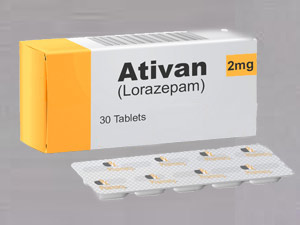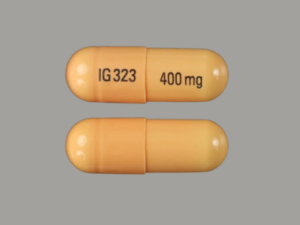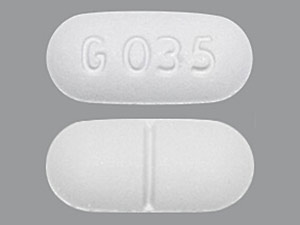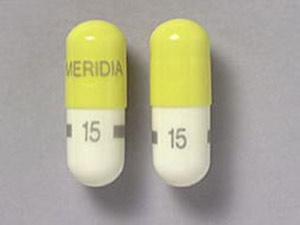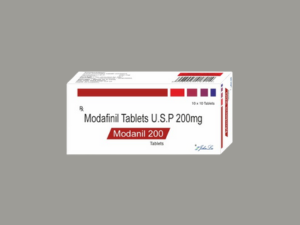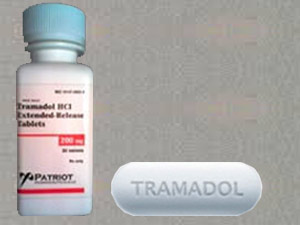Category: Buy Tapentadol Online
Pain management is a critical aspect of healthcare, especially for individuals dealing with chronic or acute pain conditions. Tapentadol is a prescription medication that has gained significant attention in recent years for its effectiveness in treating moderate to severe pain. In this comprehensive guide, we’ll explore everything you need to know about Tapentadol 100mg, including its uses, benefits, potential side effects, and more.
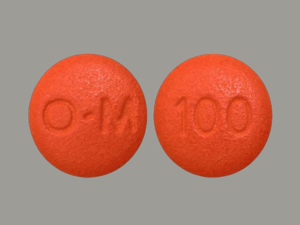
Understanding Tapentadol
Tapentadol is a centrally-acting opioid analgesic that works by binding to opioid receptors in the brain and spinal cord. It is chemically related to tramadol but exhibits more potent pain-relieving effects. Nucynta is commonly prescribed for the management of moderate to severe pain, such as that experienced after surgery, injury, or due to chronic conditions like arthritis or neuropathy.
Uses and Benefits
Tapentadol 100mg is primarily used for the treatment of moderate to severe pain that requires around-the-clock opioid therapy. It provides effective pain relief by acting on both opioid receptors and inhibiting the reuptake of norepinephrine in the brain. This dual mechanism of action makes Tapentadol a valuable option for individuals who have not responded well to other pain medications.
One of the key benefits of Tapentadol 100mg is its ability to provide potent pain relief with a lower risk of respiratory depression compared to traditional opioids. This makes it a safer option for individuals who may be at risk of respiratory complications, such as elderly patients or those with pre-existing respiratory conditions. Order Tramadol Online under my shipping policy.
Dosage and Administration
Tapentadol is available in various strengths, with Tapentadol 100mg being a common dosage strength for moderate to severe pain. The dosage may vary depending on the individual’s pain severity, medical history, and response to treatment. It is typically taken orally, as directed by a healthcare professional, with or without food.
It’s essential to follow the prescribed dosage and administration instructions carefully to ensure the safe and effective use of Tapentadol 100mg. Taking more than the recommended dose or using it for longer than prescribed can increase the risk of adverse effects and dependence.
Potential Side Effects
Like any medication, tapentadol may cause side effects in some individuals. Common side effects may include:
These side effects are usually mild to moderate in severity and may diminish over time as the body adjusts to the medication. However, if any of these side effects persist or worsen, it’s essential to consult a healthcare professional promptly.
Get a Flat 10% Discount on All Medicines. Shop Now!
In rare cases, tapentadol may cause more serious side effects, such as respiratory depression, serotonin syndrome, or allergic reactions. Seek immediate medical attention if you experience difficulty breathing, chest pain, severe dizziness, or swelling of the face, tongue, or throat.
Precautions and Considerations
Before taking Tapentadol 100mg, it’s crucial to inform your healthcare provider about any medical conditions you have, especially if you have a history of respiratory problems, substance abuse, or mental health disorders. Additionally, disclose all medications you are currently taking, including prescription drugs, over-the-counter medications, and herbal supplements, as they may interact with Tapentadol.
Tapentadol should not be used in certain populations, such as pregnant or breastfeeding women, children, or individuals with severe respiratory impairments. It’s essential to discuss the risks and benefits of tapentadol therapy with your healthcare provider to determine if it’s the right option for you.
Hurry Up! Order Now
Conclusion
Tapentadol 100mg is a valuable medication for the management of moderate to severe pain, offering potent pain relief with a lower risk of respiratory depression compared to traditional opioids. By understanding its uses, benefits, potential side effects, and precautions, individuals can make informed decisions about its use in pain management. As with any medication, it’s essential to follow the prescribed dosage and instructions carefully and consult a healthcare professional if you have any concerns or experience adverse effects.





